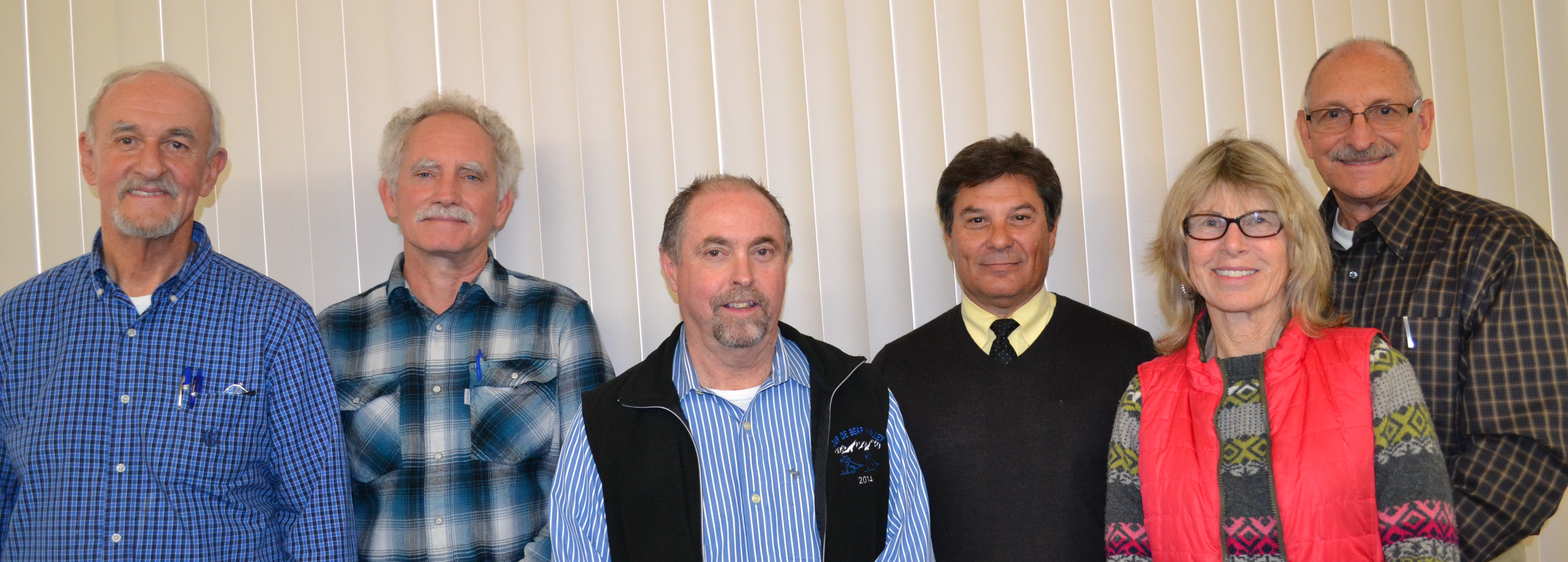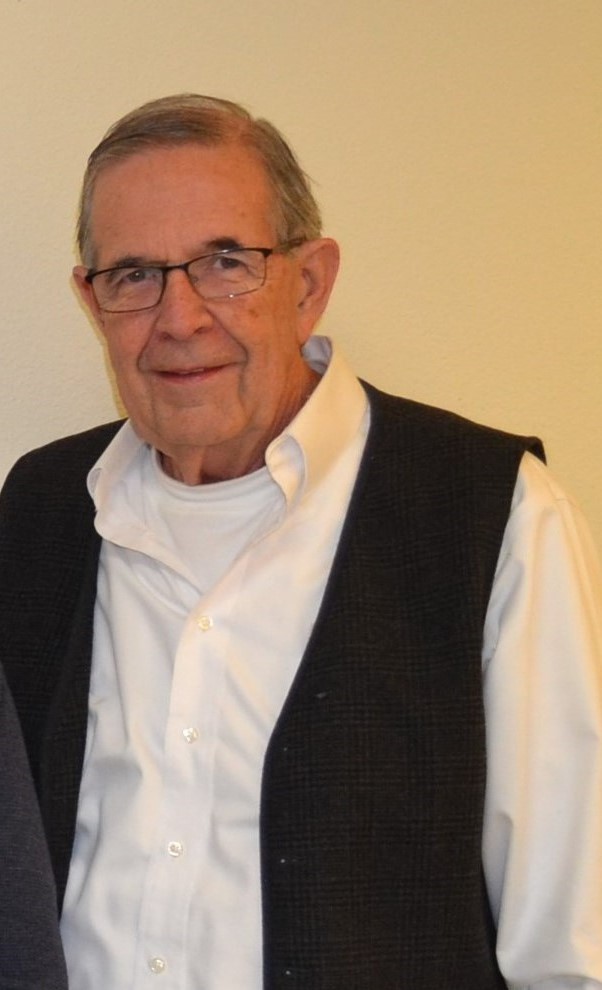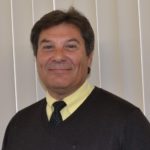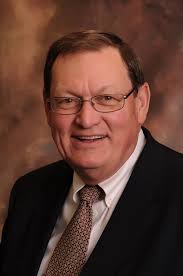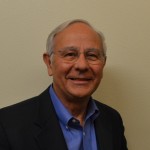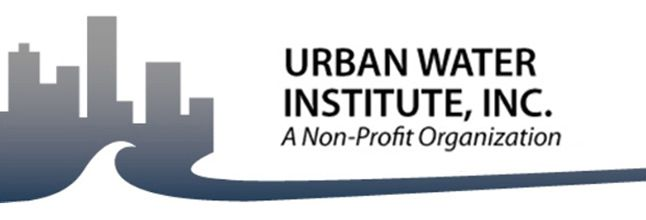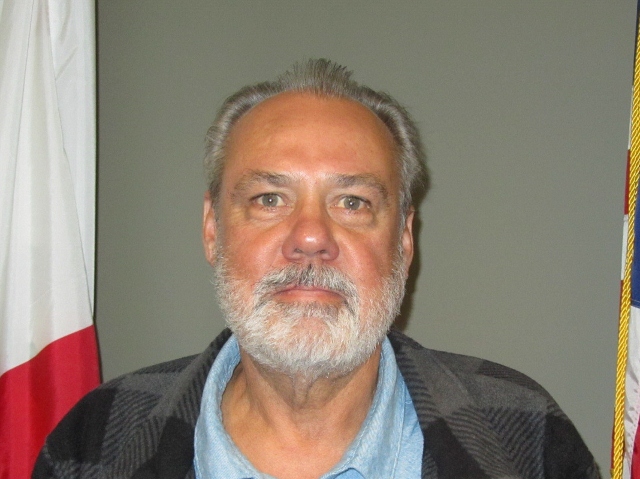15-Day Notice of Proposed Regulatory Action – Conservation and the Prevention of Waste and Unreasonable Use
The State Water Board is advancing a rulemaking that would prohibit certain wasteful water use practices. In response to public comments, the State Water Board is initiating an additional 15-day public comment period commencing on January 31st, 2018.
The notice and changes to the proposed regulatory text are attached and available on-line and at the link below:
There will be an adoption hearing on February 20, 2018 during the board meeting, which begins at 9:30 am. For more information, please see the February 20th Board Meeting Agenda: https://www.waterboards.ca.gov/board_info/calendar.
Previous Comments
O’Laughlin & Paris LLP – Tim O’Laughlin
The San Joaquin Tributaries Authority (“SJTA”) reviewed the State Water Resources Control Board’s (“State Water Board” or “SWB”) proposed rulemaking to establish California Code of
Regulations, title 23, division 3, chapter 3.5 on Conservation and the Prevention of Waste (hereinafter the “Proposed Regulations”). The Proposed Regulations prohibit certain uses of water in the name of conservation by determining that specific uses of water are wasteful and unreasonable. The unreasonable use doctrine is the wrong tool to promote water conservation. The misplaced reliance on unreasonable use results in several fundamental problems for the Proposed Regulations. These problems include, but are not limited to, the Proposed Regulations are outside the authority of the State Water Board, the Proposed Regulations cannot be used to achieve conservation, the Proposed Regulations mischaracterize conserved water, and the Proposed Regulations fail to achieve their intended purpose. For these reasons the SJTA requests the State Water Board revise the Proposed Regulations to align with the legal authority, jurisdiction, and policy of the State….
Conclusion
The SJTA supports water conservation. However, the Proposed Regulations are outside the SWB’s jurisdiction and unlawfully rely on the Reasonable Use Doctrine. For these reasons, the SJTA
requests the SWB revise the Proposed Regulations to be consistent with established law and the policies of water conservation.
Click Link for Letter from Tim O’Laughlin: tim_olaughlin
ELLISO SCHNEIDER HARRIS & DONLAN LLP
Robert E. Donlan for SFPUC
HANSON BRIDGETT LLP
Nathan A. etca f for AWSCA
… SFPUC and BAWSCA strongly oppose the Regulation to the extent it relies on the Reasonable Use Doctrine to declare certain water uses and practices per se “wasteful and unreasonable” by means of a permanent statewide regulation. Such a regulation is contrary to law, inequitable to water right holders affected by the Regulation, and contrary to the current State policy of encouraging water conservation without impacting water rights….
Click link for letter from Robert Donlan and Nathan Metcalf: robert_donlan
Offices of John S. Mills
I am submitting these comments on behalf of the El Dorado County Water Agency (ECWA) and the Calaveras County Water District (CCWD). ECWA’s member agencies include: a) the South Tahoe Public Utilities District; b) the County of El Dorado; c) the Georgetown Divide Public Utilities District and; d) the El Dorado Irrigation District….As water rights holders and
public agency suppliers, they have a direct and vested interest in SWRCB determinations of what constitutes a wasteful and unreasonable use of water under the authority of Article X, Section 2, of the California Constitution.
…We therefore urge the Board to not adopt the regulations as written and specifically any universal finding that water use in such small amounts be determined to be individually
and cumulatively significant as to the point of invoking the Constitutional provisions regarding waste and unreasonable use.
Click link for letter from John Mills: john_mills
